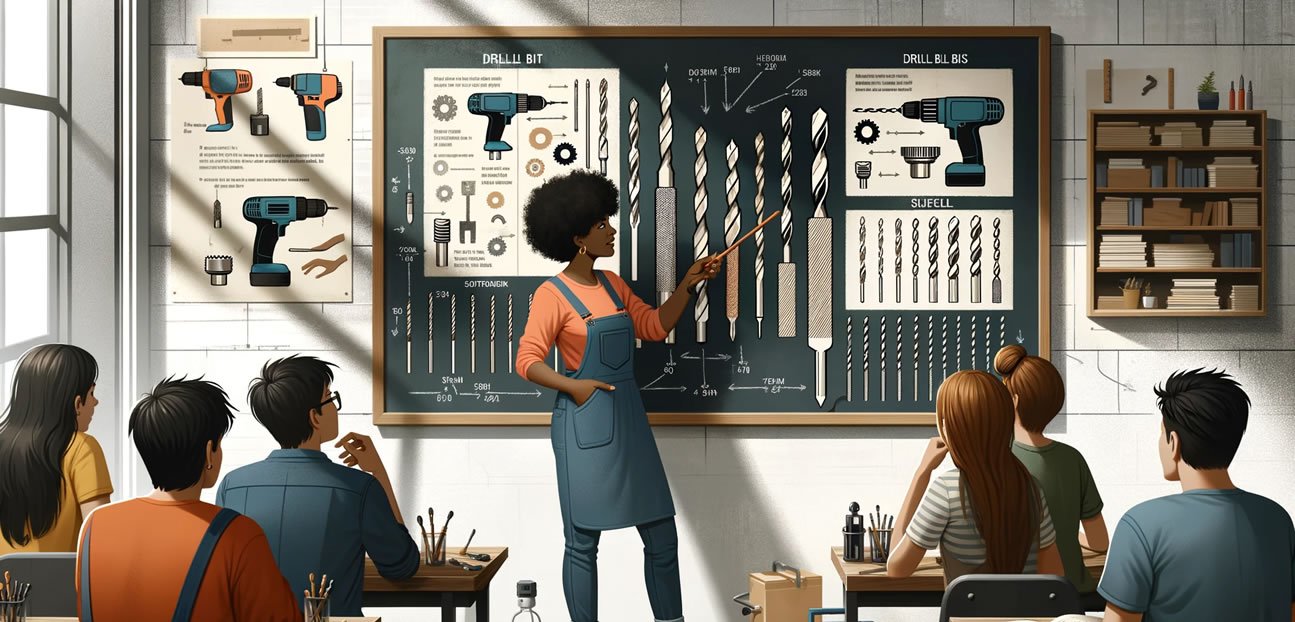Drilling is a skill that, when mastered, can greatly enhance your DIY projects or professional tasks. Whether you’re working with wood, metal, or masonry, understanding the nuances of drilling can lead to better results and a safer experience. Here are some essential tips and tricks for efficient drilling:
Choose the Right Drill Bit: Selecting the appropriate bit for your material is crucial. Use twist bits for general purpose drilling in wood, metal, or plastic, masonry bits for concrete or brick, and spade bits for large holes in wood.
Mark Your Spot: Before drilling, mark the exact spot where you want to drill with a pencil or a small indentation using a punch. This will help the drill bit to start at the right location without slipping.
Start Slow: Begin drilling at a slow speed to establish the hole. Once the bit has started to bite into the material, you can gradually increase the speed.
Apply Steady Pressure: Apply a consistent, moderate pressure to the drill. Pushing too hard can break bits or cause the drill to stall, while too little pressure can lead to slipping or inefficient drilling.
Keep the Drill Bit Cool: When drilling into metal, use a lubricant like cutting oil to keep the bit cool and prolong its life. Overheating can cause the bit to lose its temper and become dull quickly.
Use a Center Punch for Metal: When drilling into metal, use a center punch to create a small dent in the material. This will prevent the drill bit from wandering as you start to drill.
Clear Debris Regularly: Especially when drilling deep holes, periodically withdraw the drill bit to remove debris. This prevents the bit from getting clogged and overheating.
Ensure Stability: Secure the material you’re drilling into with clamps or a vise. This prevents movement and ensures a more accurate hole.
Drill Pilot Holes for Screws: For woodworking, drilling a pilot hole before inserting a screw can prevent the wood from splitting.
Keep Your Drill Bits Sharp: Dull bits require more force and cause more friction, making your drilling less efficient. Sharpen your bits regularly or replace them as needed.
Practice Safety: Always wear protective gear like safety glasses and gloves. Ensure that your work area is clean and free from any obstructions.
Use a Guide for Angled Holes: If you need to drill at an angle, use a drill guide or make a jig to ensure the angle is consistent and accurate.
Battery Management for Cordless Drills: If you’re using a cordless drill, keep your batteries charged and have a spare on hand to avoid interruptions.
Manage Depth: To drill holes of a specific depth, use a drill stop or mark the desired depth on the drill bit with tape.
Know Your Drill’s Settings: Familiarize yourself with your drill’s settings, such as the torque setting for driving screws and the hammer function for drilling into masonry.
By following these tips, you can drill more efficiently, extend the life of your tools, and achieve better results in your projects. Remember, practice and patience are key to mastering efficient drilling techniques.
